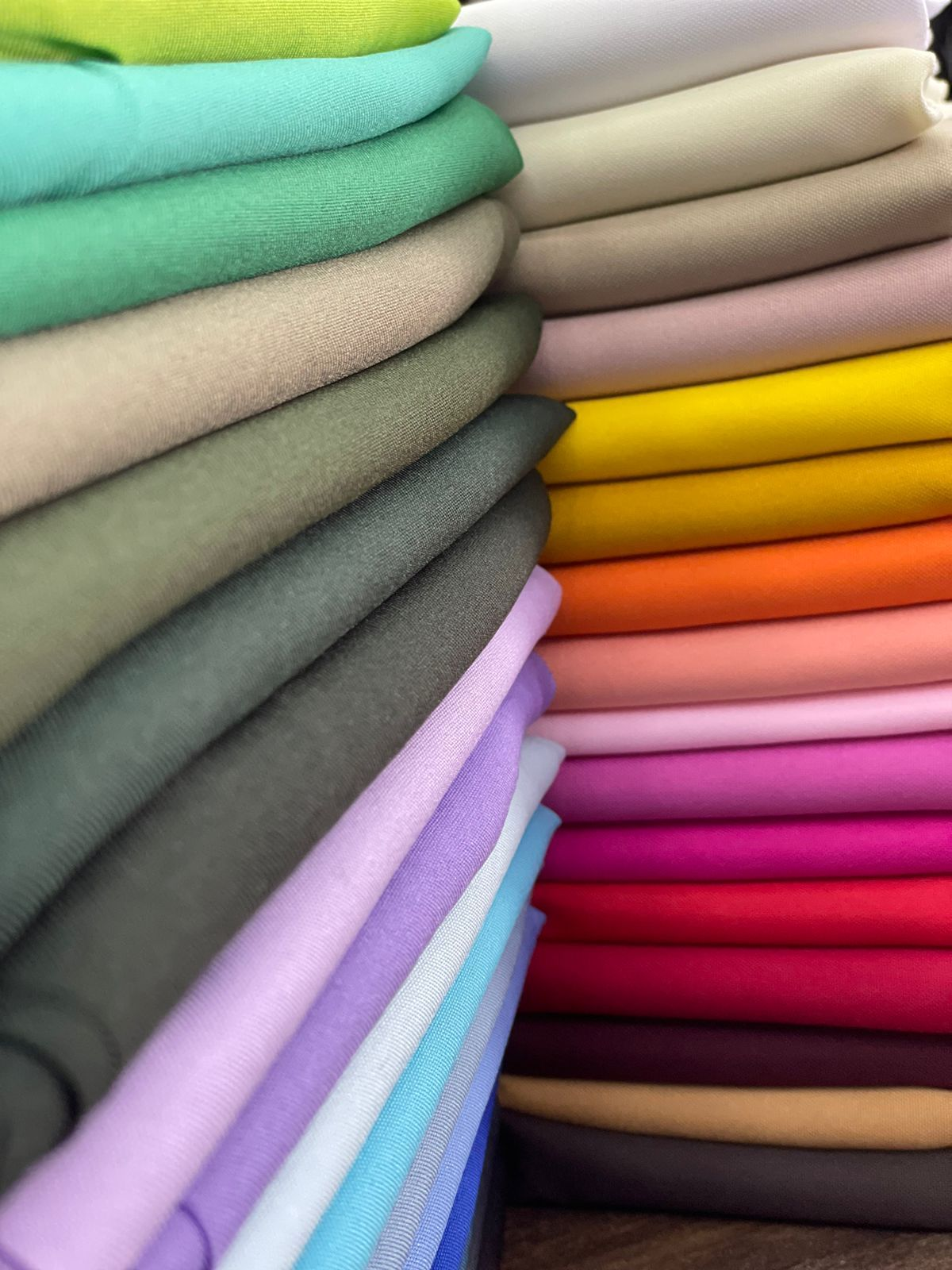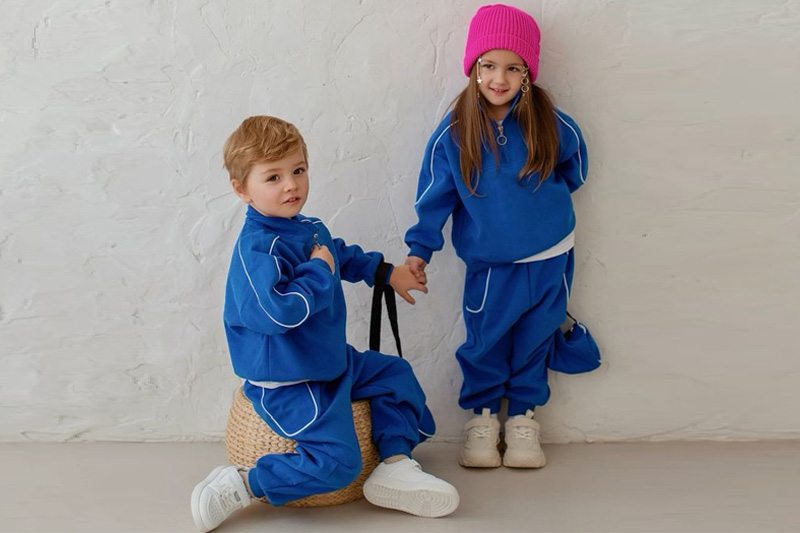I still remember the puzzled look on a buyer’s face at a trade fair when I explained why two batches of “the same” fabric shrank differently.
It wasn’t magic—it was a mix of raw material quirks, factory processes, and even the way the rolls were stored.
The difference in shrinkage between fabric batches happens because of variations in raw fiber quality, dyeing and finishing methods, production conditions, and storage environments. Even small changes—like humidity levels or yarn twist—can alter how the fabric reacts to washing. Consistent testing for each batch is the best way to catch issues early, ensuring sizing remains stable and customers get the quality they expect.
Let’s peel back the layers of this textile mystery.
How do variations in raw materials influence shrinkage?
I once received two cotton samples from the same supplier. They looked identical—same weave, same weight. But after washing, one lost almost 5% in size while the other barely moved.
Raw material differences, like fiber length, twist, or moisture content, can cause fabrics to shrink at different rates. Even cotton from two fields, harvested a month apart, can behave differently after processing.
The hidden personality of fibers
Fibers are like people—they have their own temperament. A slightly higher twist in yarn might give it more stability, while a looser twist may make it more prone to contracting in the wash.
| Raw Material Factor | Possible Shrinkage Effect |
|---|---|
| Shorter fiber length | More shrinkage |
| Higher moisture level | Unpredictable shrinkage after wash |
| Looser yarn twist | Greater fabric contraction |
How do dyeing and finishing processes affect shrinkage?
Once, a beautiful pastel batch came out with near-zero shrinkage, while the bright red version (same fabric base!) shrank more than expected.
The heat, chemicals, and tension during dyeing and finishing can change a fabric’s internal structure, altering shrinkage behavior. Some finishes relax fibers, while others lock them in place.
Inconsistent settings between color runs can make one batch “behave” better than another.
Why can production conditions shift between batches?
Factories are living, breathing environments. Machines get recalibrated, staff changes, and even the weather outside can play a role.
Temperature, humidity, and machine tension during weaving or knitting can subtly shift between production runs, leading to different shrinkage rates. These changes often go unnoticed—until the garments hit the laundry.
I’ve seen summer and winter batches of the same fabric act like two different products.
How do storage and transportation impact fabric stability?
Picture this: one batch is stored in a cool, dry warehouse; another spends weeks in a humid port. You can guess which one arrives with a “surprise” in shrinkage tests.
Fabrics can absorb or lose moisture during storage and transport, changing fiber tension and leading to unpredictable shrinkage. This is especially true for natural fibers like cotton or linen.
Even the way rolls are stacked can matter—pressure can compress fibers and affect stability.
How does consistent testing help control shrinkage differences?
A client once skipped incoming batch tests to “save time.” Three weeks later, they had a full-scale recall.
Testing each batch before cutting and sewing allows you to adjust patterns or finishes to compensate for shrinkage differences. It’s like checking the weather before sailing—you might not stop the storm, but you can prepare for it.
Reliable testing is the cheapest insurance you can buy in textile production.
Conclusion
Batch-to-batch shrinkage differences aren’t random—they’re the sum of many small factors. Keep an eye on each stage, and you’ll keep surprises (and returns) to a minimum.



